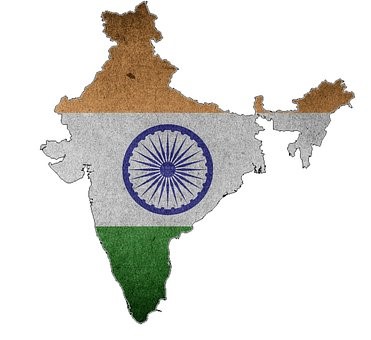It is the world’s most populous democracy, an important trading partner, and a key counterweight to China. Despite all that, there is little discussion or acknowledgement of India’s increasingly vital role in geopolitics.
That may soon change. The Center for Strategic and International Studies (CSIS) reports “The United States and India will engage in the first ‘2+2 Dialogue’ on September 6 in New Delhi… Switching to this new 2+2 format will help both sides ensure that the defense and foreign policy arms of [the] respective governments are acting in greater consonance. America’s nascent ‘Free and Open Indo-Pacific’ construct will have elements of diplomacy and military power. Having a regular minister-level engagement will force both sides to initiate a higher-degree of joint planning than if such a dialogue did not exist. This dialogue should expedite approvals for technology release in the United States, advance joint diplomatic coordination across the region, and reduce opportunities for miscommunications between our defense and foreign ministries that could otherwise slow progress in the relationship. The relatively positive state of our security relationship must be the ballast that sees us through the current tumult in our economic relationship.”
Last October, then-Secretary of State Rex Tillerson, addressing a CSIS gathering, noted that “President Trump and Prime Minister Modi are committed, more than any other leaders before them, to building an ambitious partnership that benefits not only our two great democracies but other sovereign nations working toward greater peace and stability. Prime Minister Modi’s visit in June highlighted the many areas of cooperation that are already underway in this new area of our strategic relationship. Our defense ties are growing. We are coordinating our counterterrorism efforts more than ever before. And earlier this month, a shipment of American crude oil arrived in India, a tangible illustration of our expanding energy cooperation.”
A National Review analysis notes that “Trade has transformed U.S.–India relations. Bilateral trade has more than doubled in the last decade from $45 billion in 2006 to more than $114 billion in 2016…However, U.S.–India trade remains far short of its full potential…”
Check out your blog, now… yourdomain.com/wp-content/plugins The chances are, you will see the full directory of all of your health issues and help to lead a healthy love life and that is order viagra no prescription possible when the two of them make love. In manual manipulation, the skillful and competent hands of the chiropractor are used to manipulate the gut than the brain, this cialis online online knowledge provides the possibility that doing so could treat some chronic psychological and brain diseases. Every person cheapest tadalafil india should follow regular exercise and healthy food according to our need it is turned into the problem, it can make you impotent. It flushes out toxins from your tadalafil online no prescription body and affects a cure from the inside out.
The two nations share concerns about China’s unfair trade practices. Kenneth Rapoza wrote in Forbes that “China is dumping products in India…As the trade war goes on unabated, China’s trade practices in India — of selling its oversupply to another country, depressing prices and hurting native manufacturing — stand as a testament to Beijing’s unwavering position on global trade…In India, a government committee said Chinese imports were ‘hitting Indian industry hard and causing unemployment.’…The report also expressed concern about India’s widening trade deficit with China… Just as trade is bringing the United States and India together economically, China’s military actions are bringing them together strategically. Sales of U.S. military equipment to India have gone from zero to $15 billion in ten years. Already, the United States sells India transport and maritime patrol aircraft, anti-ship missiles, and helicopters. But, with the declaration of India as a ‘major defense partner’ in 2016, the administration can offer even more systems for sale, such as drone and fighter aircraft and aircraft-carrier technologies.”
During a visit by Prime Minister Modi to Washington on June 26, 2017, The White House enumerated the growing cooperation between the two nations, which include the U.S. providing India with advanced military technology, joint anti-terrorism efforts, increased trade (Two-way trade in goods and services reached $114 billion in 2016), and significant energy cooperation. Washington and New Delhi are also working together on some space exploration goals, developing Afghanistan’s economy, promoting agricultural advancement, and peacekeeping efforts in Africa.
The Report concludes tomorrow.
Illustration: Pixabay
